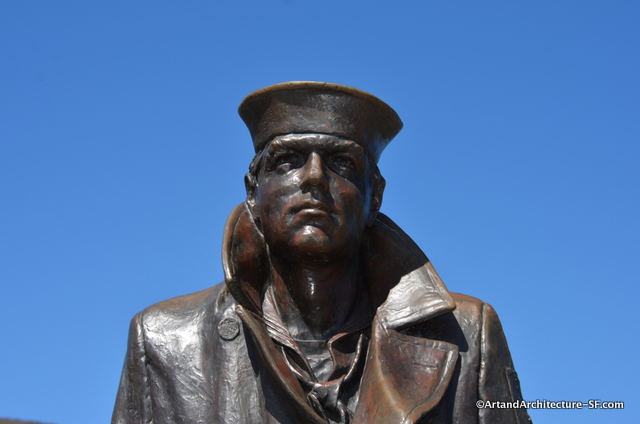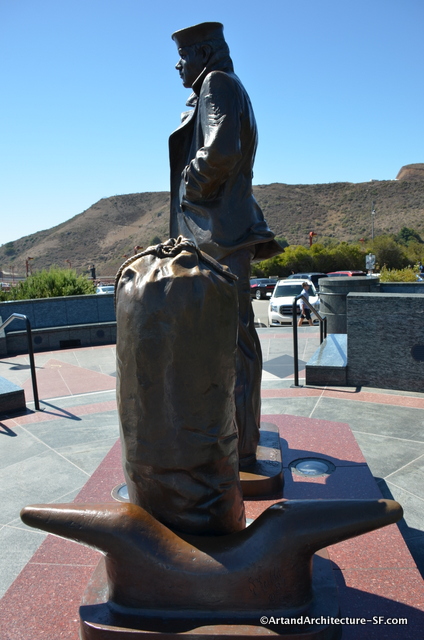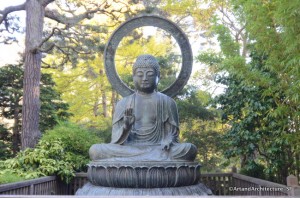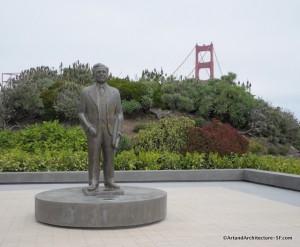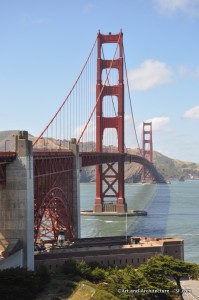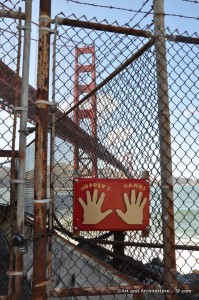Golden Gate Bridge
Vista Point
Marine County Side
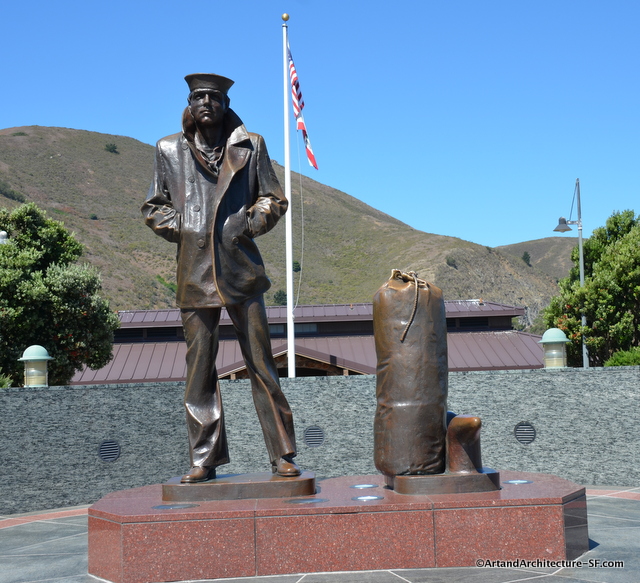
This statue, in the center of Vista Point on the Marin County side of the Golden Gate Bridge, is a replica of the U.S. Navy Memorial on Pennsylvania Avenue in Washington, D.C. by Stanley Bleifield
The Lone Sailor, represents a sailor’s last view of the West Coast as he sails out for duty at sea.
The attending plaque reads:
The Lone Sailor
This is a memorial to everyone who ever sailed out the Golden Gate in the service of their Country – in the Navy, the Marine Corps, the Coast Guard, the Merchant Marine.
There is also a quote by San Francisco Chronicle reporter Carl Nolte. “Here the sailor feels the first long roll of the sea, the beginning of the endless horizon that leads to the far Pacific,”
The Lone Sailor, along with his seabag was modeled on then Petty Officer 1st class Dan Maloney and was done in 1987.
Stanley Bleifeld (August 28, 1924 – March 26, 2011) was an American figurative sculptor.
Born in Brooklyn, New York, Bleifeld’s best-known works include “The Lone Sailor” and “The Homecoming,” at the Navy Memorial, also baseball legends Satchel Paige and Roy Campanella at the Baseball Hall of Fame in Cooperstown, N.Y.
There is a circular deck surrounding the Lone Sailor designed by San Francisco landscape architect Fred Warnecke. The perimeter is marked by Sonoma fieldstone and four large ship’s lanterns. Below the Lone Sailor’s feet is a compass rose, its quadrants marked in different shades of granite cut at an Italian quarry.
The four sea services are also recognized with separate bronze relief sculptures, surrounding the sailor.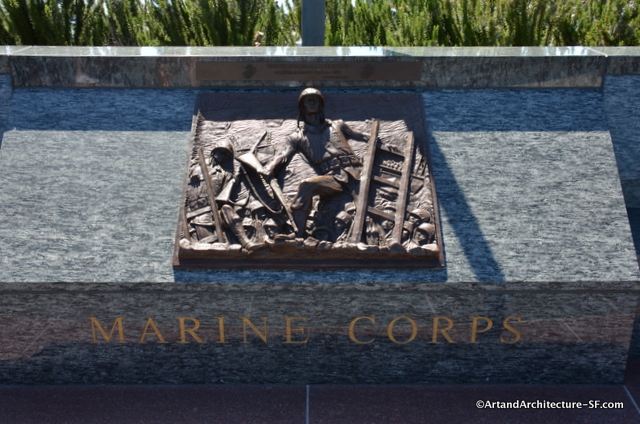 *
*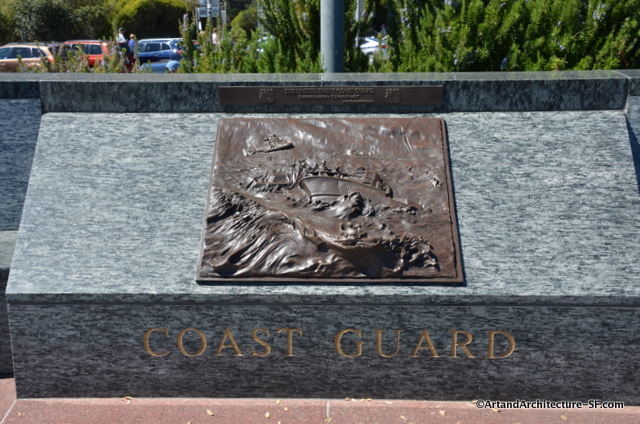
The $2million project was funded entirely by private donations. The area is maintained by Cal Trans but is also part of the National Park Service.
